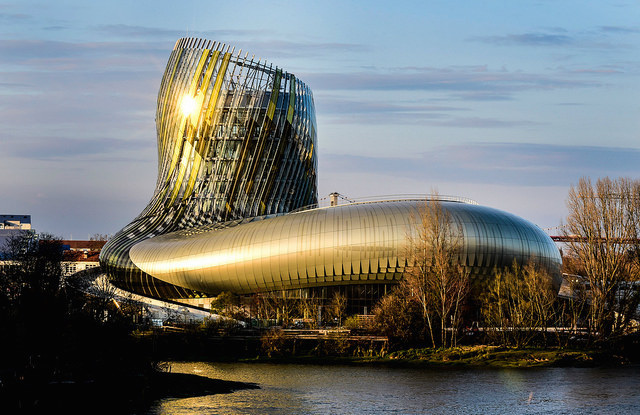6 Museums Around the World
Take a step back in time with some of the most influential and memorable artefacts in human history. Read on to find out which museums around the world are an absolute must-see for just about every traveller out there.
The Hermitage – St. Petersburg, Russia
Founded by Catherine the Great in 1764, the Hermitage is one of the oldest and largest museums in the world. This striking complex holds over three million pieces, dating as far back as the Stone Age. This museum is also home to the most paintings in the world, including works from Caravaggio, Claude Monet, Vincent Van Gogh, and Pablo Picasso. Another very impressive part of the Hermitage is the Gold Room, which includes icons, which once belonged to the Imperial family, and golden artefacts and jewellery from ancient Russian tribes.
Uffizi Gallery – Florence, Italy
Being one of the oldest museums in Europe, Uffizi Gallery in Florence has an extraordinary collection of art. Construction of the museum began in 1560 and wasn’t completed until 1581. The museum carries works from several of the world’s most influential and well-known artists, including Raphael, Michelangelo, Rembrandt, Caravaggio, Diego Velázquez, Titian, Botticelli, and Leonardo Da Vinci. Every year, over one and a half million people visit this impressive museum, whose collection of masterpieces is truly incomparable. Here you’ll see Michelangelo’s David, Filippo Lippi’s Madonna and Child, and numerous other Italian and International Renaissance Art pieces, famous throughout the world. Even those with little interest in art can’t help but be mesmerized by the rich art history living within the walls at the Uffizi Gallery.
The Acropolis Museum – Athens, Greece
The Acropolis Museum is home to some of the most ancient artefacts in human history. It is built on the Acropolis of Athens and houses archaeological relics found on the land, including objects from the Greek Bronze Age, the days of the Roman Empire, and the Byzantine Era. Among the collection, visitors will find sculptures from the 6th century B.C. Plus, the modern building has transparent floors so observers can literally walk through the history of the Acropolis as they visit the museum. Opened to the public in 2009, this new, modern museum was created in the hopes of acquiring the Parthenon Marbles, currently held by the British Museum in London, England.
Le Louvre – Paris, France
It should come as no surprise that Le Louvre is first on our list of must-see museums around the globe. The building itself is a magnificent sight to see. Before being converted into a museum nearly two centuries ago, the building was a fortress and palace for the kings of France. Both the old structure and the new pyramid entrance, unveiled in 1989, are world-renowned attractions. Inside the museum, you’ll find a collection of some of the most important artistic and historical artefacts in the world, including an array of Egyptian arts and relics, the renowned Venus de Milo, and Leonardo Da Vinci’s famous Mona Lisa painting.
The British Museum – London, England
Shortly before his death, physician Sir Hans Sloane sold all of his remarkable collectibles to King George II. In 1759, the British Museum was opened to the public, most of its relics being those the King had bought from Sir Hans Sloane. Since then, the museum’s collection has grown significantly, now with over 8 million pieces of artworks, artefacts, documents and jewels from all over the world. The museum is ranked second in the world. There you’ll find 11,000 years worth of objects and information from the history of Egypt and Sudan, artefacts from the Acropolis in Athens like the legendary Parthenon Marbles, and the famous Rosetta Stone, carved in 196 BC at the request of King Ptolemy V.
The Metropolitan Museum of Art – New York, U.S.A.
With over two million works, the Metropolitan Museum of Art is the largest in the United States.Here, you’ll find impressive arts from Asia, the Americas, Oceania, Africa and other countries. You’ll also find more than 17,000 Greek and Roman artefacts, ceramics and textiles from Islamic cultures, medieval and Byzantine art, and over 900,000 books, manuscripts, and periodicals. In addition, there are several paintings from artists like Monet and Picasso, just to name a couple.

